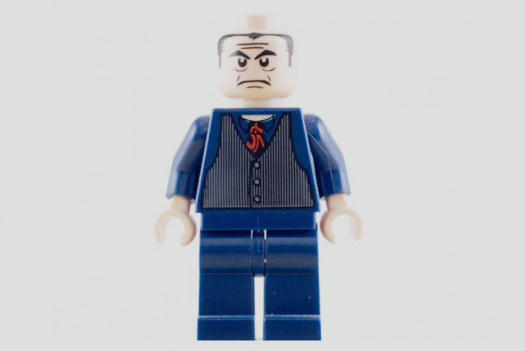Detailed look at pricing an app for the Mac App Store
C Frank0 stashed this in AAPL
Stashed in: Apple, Software!, Awesome, Monetization, Psychology!, Retail
Apple developer Michael Jurewitz took a detailed look at Mac App Store pricing in a five-part series on his Jury.me blog. It's a thorough exploration of the dynamics of App Store pricing that touches upon revenue maximization, demand curves and the basic research each developer should be doing before they write any code.
You can read each segment on Jurewitz's Jury.me blog using the links below.
- Understanding App Store Pricing - Part 1 In this first part of his series, Jurewitz looks at the Top Grossing apps versus their Top Paid counterparts and discovers that the Top Grossing list was 329 percent more expensive than the Top Paid list.
- Understanding App Store Pricing - Part 2 In part two, Jurewitz explores the reasons why the Top Grossing list was 329 percent more expensive than its Top Paid counterpart.
- Understanding App Store Pricing - Part 3 In part three, Jurewitz looks at whether you can charge more for your app. It's Microeconomics 101 for the Mac App Store.
- Understanding App Store Pricing - Part 4 In part four, Jurewitz examines the hows and whys of product development.
- Understanding App Store Pricing - Part 5 Pricing Kaleidoscope In the fifth and final part of the series, Jurewitz summarizes "how you can take real world data and use it to make better real world decisions about how you price your app."
This series is based on presentations Jurewitz gave at Çingleton andNSConference earlier this year. If you are a developer, it's a must-read. iOS owners should also peruse the articles to get an appreciation of the time and effort that goes into the business side of app development.
I'm still wrapping my head around the fact that many app store apps have inelastic demand:
My theory is that many apps in both App Stores are operating in the inelastic zone of their demand curves. The most important takeaway here is that lowering price is not the answer in all situations. In fact, lowering your price may actually be taking food off of your table. Depending on your app and your customers, an increase in price and a corresponding reduction in customers may actually make you money.
As a simple thought experiment, I want you to think about the price of your app right now. Just think about it. Now think about how many people bought your app last week. If you doubled the price of your app, and you end up losing less than 50% of your buyers, you just made money. Think about that for a moment. If the percentage change in your price is greater than the percentage change in units sold, you just made money.
As it turns out there are a lot of other fringe benefits from higher prices. Fewer customers means lower supports costs. Lower support costs means more revenue going toward development and future products. Higher prices also send so-called price signals to consumers and, assuming the quality of your app backs it up, enforces the notion that your app is well-crafted, thoughtful, and likely worth the price. And really, if you think about it, you're dealing with a pool of customers who have already voted with their dollars and expressed a deep inclination for a stronger, sturdier, more thoughtful and better formed experience on their Mac or iPhone. Don't you think the same could be said of your app?
I learned this economics lesson in part 3:
http://jury.me/blog/2013/3/31/understanding-app-store-pricing-part-3
Tweetbot charging $20 or OmniGraffle charging more than $20 make sense in this context.
This isn't the first place I've heard the advice "make it free with in-app purchases":
Top Paid are apps that cost money and are downloaded most often, while Top Grossing are the apps that are making the most money. All things being equal, being on the Top Grossing list is a whole lot better than being on the Top Paid list.
The bottom line is to make an app people really want -- Angry Birds, Evernote, Dropbox, Pandora, etc. -- and then make more money with in-app upgrades.











2:32 PM Apr 03 2013